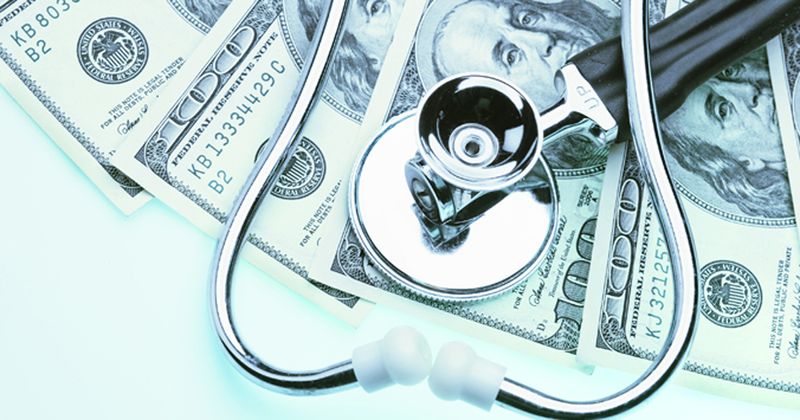ACR: Rheumatologists generate $3.5 million annually for health care systems
Key takeaways:
- Rheumatologists generate millions of dollars in annual revenue for health care systems through direct and downstream billings.
- Markets with a high number of rheumatologists have lower average costs per patient for ED visits and hospitalizations.
Rheumatologists generate approximately $3.5 million in revenue per year for health care systems, and save nearly $3,000 per patient for hospitals and practices, according to a new whitepaper released by the American College of Rheumatology.
“Many rheumatologists can attest to the value they bring to the care team at a health care system,” Christina Downey, MD, chair of the ACR’s government affairs committee, and co-author of the whitepaper, said in a press release. “Our goal with the paper and position statement is to emphasize what that value looks like from a preventive and financial perspective. A rheumatologist on the care team benefits patients, practices, and the economy.”

The paper, entitled “The Clinical & Economic Value of Rheumatology: An Analysis of Market Supply and Utilization in the United States,” makes the case that rheumatologists provide care that results in lower costs and improved quality of health, ultimately to the benefit of health care systems, patients and economy. It is the product of a partnership between the ACR and ECG Management Consultants, which helped conduct the research behind the paper’s conclusions.
According to the ACR, researchers determined the economic value of rheumatologists by considering their “preventive value,” as well as their “inpatient admission mitigation,” and compared data from markets with large and small supplies of rheumatologists.
The researchers ultimately concluded that employing “an appropriate supply” of rheumatologists can improve patient outcomes and provide economic benefit for health systems. Specifically, rheumatologists generate $3.5 million for health care systems annually, based on direct and downstream billings associated with a full-time equivalent rheumatologist, according to the paper. This calculation includes office visits, laboratory testing, radiology services, therapy referrals, consultations and other actions performed by rheumatologists.
Meanwhile, the researchers estimated the preventive value of rheumatology care to be $2,762 per patient per year, based on the cost savings associated with a high supply of rheumatologists.
Additional highlights from the whitepaper include:
- Compared with markets that had a small supply of rheumatologists, those with large numbers demonstrated lower costs on average, per patient, for hospitalizations and ED visits.
- The need for costly joint replacement surgeries has been greatly reduced through the use medications that “only rheumatologists have the experience and expertise to administer.”
- Disease-modifying anti-rheumatic drugs or biologics can significantly reduce disease activity and improve outcomes for patients with rheumatoid arthritis.
- Rheumatologic care access post-discharge reduces the likelihood of hospital readmission in young women with systemic lupus erythematosus.
- Electronic registries developed by rheumatologists, including the Rheumatology Informatics System for Effectiveness (RISE), help track and improve outcomes for patients with rheumatic diseases.
The full whitepaper can be viewed at the ACR website here.
“Emphasizing the impact rheumatologists have on the entire medical community is more important than ever, especially as we contend with an impending rheumatology workforce shortage, coupled with an expected increase in patient demand for rheumatologic care,” Downey said in the release. “This paper supports our recruitment and sustainability efforts for the specialty by spotlighting the significant contributions we make every day and every year to patient outcomes, hospitals, and other health care practices.”
